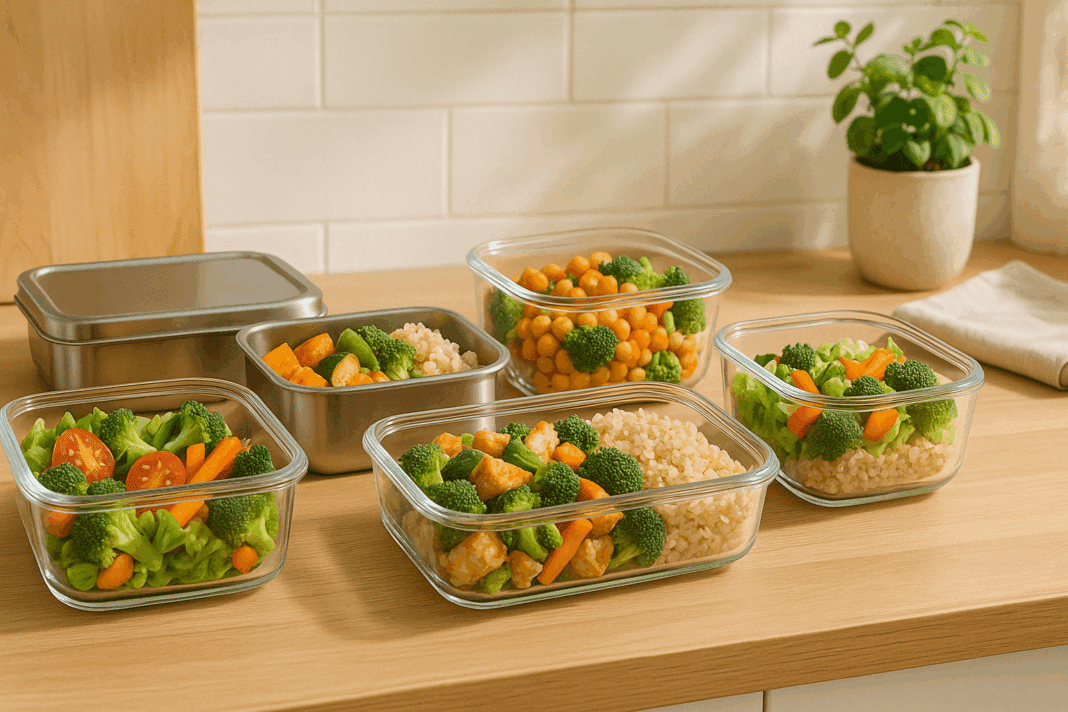In today’s increasingly health-conscious world, safe food storage is no longer just a convenience—it’s a necessity. As more individuals embrace clean eating, whole-food nutrition, and sustainable habits, attention has shifted toward the very tools used to store and reheat meals. Among these, meal prep containers play a critical role. But not all containers are created equal. The rising awareness of endocrine-disrupting chemicals and environmental toxins has led to a surge in demand for non toxic meal prep containers. Among these, BPA free meal prep containers stand out as a top choice for those striving to align their kitchen practices with mindful eating and a healthier lifestyle.
You may also like: Smart Meal Prep for Weight Loss: Expert-Approved Lunch Ideas and Recipes to Stay on Track
Understanding BPA: What It Is and Why It Matters Bisphenol A (BPA) is an industrial chemical commonly found in plastics and resins used to manufacture food containers, water bottles, and even the linings of canned goods. Despite its ubiquity, BPA has become a subject of concern due to its ability to leach into food and beverages—especially when containers are heated. Studies have linked BPA exposure to hormone disruption, developmental problems in children, and potential increased risks for cardiovascular disease and certain cancers.
As scientific evidence mounts, health professionals, environmental scientists, and nutrition experts urge consumers to reduce exposure to BPA whenever possible. Choosing BPA free meal prep containers is a scientifically grounded way to support this goal. These containers are designed without the chemical, offering peace of mind without compromising durability or performance. For individuals striving to maintain hormonal balance, reduce toxin exposure, and safeguard long-term well-being, BPA free storage is more than a lifestyle choice—it’s a health investment.
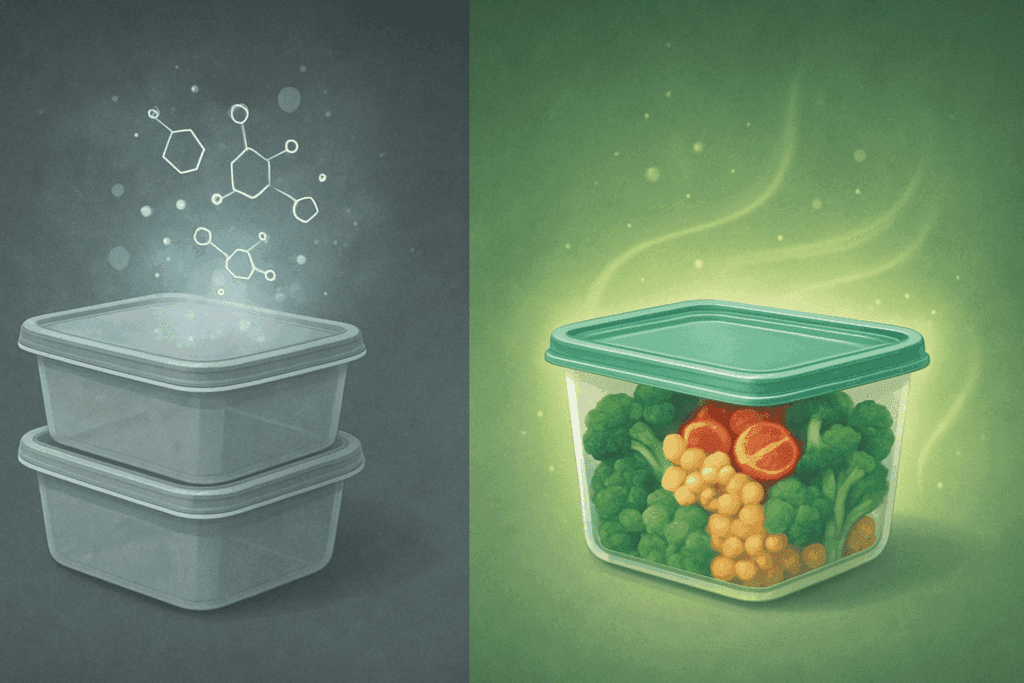
The Connection Between Safe Storage and Mindful Eating Mindful eating goes beyond what you eat—it encompasses how and where food is prepared, stored, and consumed. Using safe, sustainable containers reinforces a conscious approach to health by ensuring that nourishing meals are not undermined by toxic packaging. Those who follow plant-based diets, whole-food nutrition, or are transitioning to cleaner eating patterns often adopt BPA free meal prep containers as part of their broader commitment to wellness.
The principle of mindfulness includes being present and intentional. When we choose to store meals in non toxic meal prep containers, we are making intentional decisions about the long-term effects of our food environment. For families, professionals, and health enthusiasts alike, BPA-free options reinforce a commitment to eating with awareness, integrity, and care. They align with the goals of intuitive nutrition by ensuring that every stage of the meal process—from prep to plate—supports health.
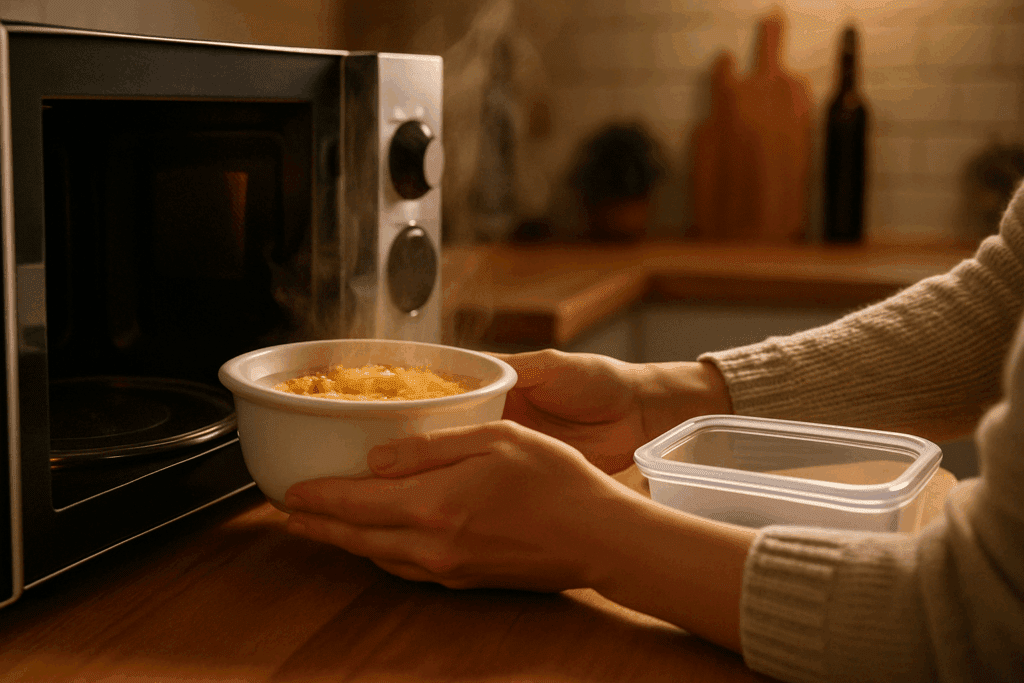
Why Non Plastic Microwave Containers Are Essential for Everyday Use Microwaving food is a daily habit for millions. However, using plastic containers not designed for heat can lead to chemical leaching, altering both the taste and safety of meals. Non plastic microwave containers offer a superior alternative. Glass and stainless steel options are free from synthetic polymers that may degrade when exposed to high temperatures. These containers provide thermal stability, preserve flavor, and uphold the nutritional integrity of reheated meals.
Importantly, these containers reduce the risk of unintentionally ingesting hormone-disrupting compounds. For those following special diets—whether it’s keto, vegan, or low carb—preserving nutrient content is key. Heat-safe, non plastic microwave containers help retain essential vitamins and compounds, minimizing degradation during reheating. They also offer the convenience of oven-to-table use without compromising safety.
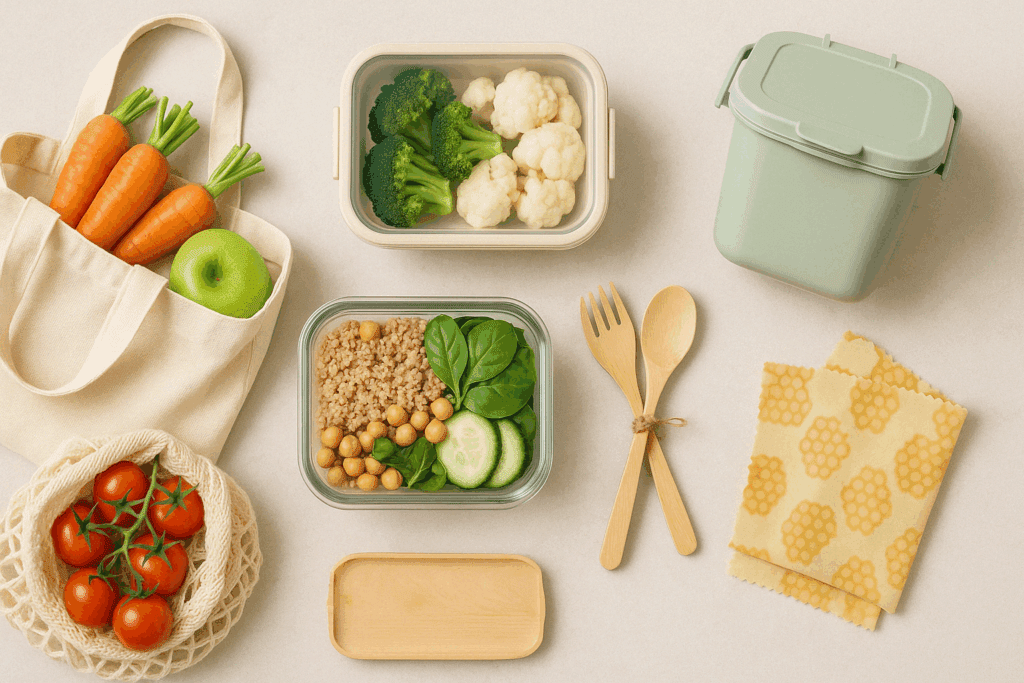
From an environmental standpoint, reducing reliance on plastic microwavable containers helps limit plastic waste, which contributes to landfill overload and ocean pollution. Thus, the switch to non plastic microwave containers supports both individual health and planetary sustainability—a powerful synergy that resonates with anyone committed to a healthier lifestyle.
The Role of Storage Choices in Supporting Sustainable Nutrition Today’s conscious eaters don’t just care about what goes on their plates—they care about how their choices impact the planet. BPA free meal prep containers often come in recyclable or reusable formats, which minimize single-use packaging and reduce environmental impact. Whether made of tempered glass, stainless steel, or BPA-free plastic, these options are designed for longevity.
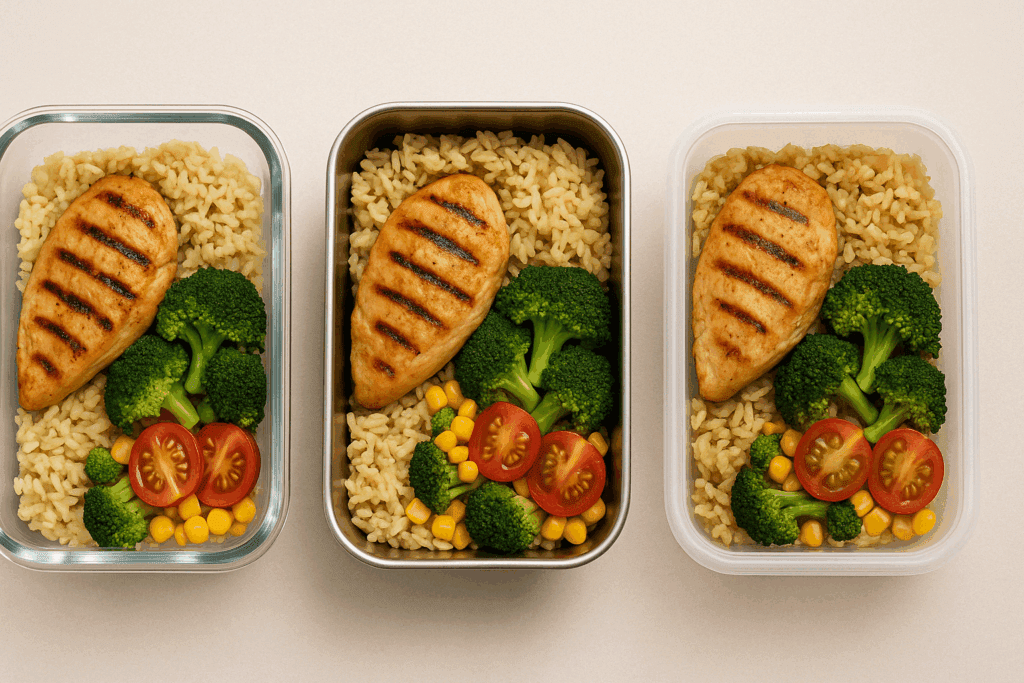
Choosing non toxic meal prep containers helps align food storage practices with eco-friendly principles. Reducing chemical exposure is not just beneficial for human health—it also protects ecosystems from endocrine disruptors that accumulate in water systems. For example, BPA and similar compounds can interfere with wildlife reproduction and aquatic life when leached into the environment. By switching to safer storage materials, consumers play an active role in reducing toxic runoff and supporting environmental resilience.
Additionally, sustainable containers promote portion control and reduce food waste. Clear lids and stackable designs make it easier to plan meals, monitor freshness, and avoid spoilage. In this way, safe food storage becomes an extension of nutritional discipline, helping consumers stay on track with dietary goals.
How Storage Materials Influence Nutrient Retention and Taste When choosing a container, the impact of material composition on food quality is often overlooked. Yet it plays a crucial role in nutrient retention, moisture preservation, and overall taste. BPA free meal prep containers, particularly those made from glass or stainless steel, maintain the original flavor and nutritional content of meals more effectively than conventional plastics.
Certain plastics may release volatile compounds that subtly alter the taste of food over time. Worse, heating such containers can accelerate the leaching process, especially when storing acidic or oily foods. In contrast, BPA-free alternatives are engineered to resist such reactions. They are inert, non-reactive, and resilient against temperature fluctuations, helping preserve the full nutritional value of healthy ingredients.
For those following specialized dietary patterns like the ketogenic diet vs low carb approaches, this matters greatly. Retaining fat-soluble vitamins in keto meals, or preserving delicate phytonutrients in plant-based dishes, is essential to meeting nutritional benchmarks. Therefore, storage that protects against degradation is a valuable tool in maintaining dietary effectiveness.
Healthier Lifestyle, Smarter Kitchen: The Benefits Beyond the Plate The influence of container choice extends beyond immediate food quality. BPA free meal prep containers support a broader vision of well-being that includes mental clarity, environmental consciousness, and time efficiency. Organized, toxin-free kitchens promote smoother routines, reduce stress, and enhance the joy of eating.
Meal prepping with safe containers saves time and encourages consistency in dietary habits. Having pre-portioned, ready-to-go meals fosters adherence to nutritional goals, whether you’re pursuing low-carb meals, balanced macros, or intuitive eating. This is particularly beneficial for those exploring the low carb diet keto diet debate, as prepped meals help maintain precise macro ratios.
Moreover, these containers are easy to clean, dishwasher safe, and aesthetically pleasing—attributes that enhance the cooking experience. For health-conscious households, the shift to BPA-free storage becomes a catalyst for broader kitchen wellness, from reducing clutter to minimizing exposure to cleaning chemicals.
Debunking the Myths: Is Keto a Low Carb Diet or Something More? As awareness of safe food storage grows, many consumers are also reevaluating their dietary approaches. Among the most discussed is the comparison between the ketogenic diet vs low carb strategies. While both limit carbohydrate intake, they diverge significantly in goals and biological mechanisms. Understanding these differences is essential, especially when planning and storing meals that align with these philosophies.
The ketogenic diet is a high-fat, very low-carb protocol designed to induce ketosis—a metabolic state in which the body burns fat for fuel. In contrast, a low carb diet offers more flexibility, allowing moderate carbohydrate intake without necessarily achieving ketosis. Despite overlap, keto is not simply a stricter form of low carb; it is metabolically distinct.
Therefore, the answer to “is keto a low carb diet?” is both yes and no. Keto belongs under the low-carb umbrella but demands precise macronutrient planning and stricter food choices. When preparing meals in advance, this distinction becomes important. Proper storage in BPA free meal prep containers can help maintain the quality and composition of keto-specific ingredients like healthy fats, avoiding oxidation and preserving freshness.
Making Informed Choices: Is Keto No Carbs and Is It a Good Diet? The perception that keto equals zero carbs is a misconception. The ketogenic diet includes limited amounts of carbohydrates, typically 20 to 50 grams per day, sourced from nutrient-dense vegetables, seeds, and nuts. Understanding that “is keto no carbs” is an oversimplification allows for better meal planning and storage decisions that prioritize nutritional balance.
Moreover, many ask: is keto a good diet for everyone? While it has been shown to support weight loss, blood sugar regulation, and cognitive function in some individuals, it is not universally suitable. Those with specific medical conditions or dietary restrictions should consult healthcare providers before adopting this regimen. Regardless of diet, though, using safe containers ensures that food quality remains uncompromised.
For those navigating the keto diet vs low carb diet landscape, meal prep plays a key role. Keeping meals fresh, properly portioned, and free from contaminants can be the deciding factor in diet adherence and success. Whether following a strict keto path or a more relaxed low carb approach, investing in BPA free meal prep containers helps support your journey.
Sustainable Solutions for a Mindful Kitchen The shift toward safer food storage is part of a broader movement toward conscious living. As consumers prioritize health and sustainability, tools like non toxic meal prep containers become essential in daily routines. These containers reflect values of wellness, environmental care, and practical simplicity.
In kitchens where wellness is the priority, non plastic microwave containers help avoid toxic exposure while adding aesthetic appeal. Stainless steel and borosilicate glass options offer durability, heat resistance, and a clean look that complements modern culinary spaces. Their reusability also reduces dependence on disposable packaging, lowering one’s ecological footprint.
Safe storage is an underappreciated pillar of healthy eating. It shapes the way we interact with food, influences our habits, and reinforces our health goals. As the popularity of mindful eating and sustainable living continues to rise, storage tools that align with these principles become not only preferred but essential.
Rethinking Kitchen Wellness: How Storage Shapes Health-Conscious Living The health revolution underway is not only about what we eat but also how we store it. As people embrace smarter choices in food and nutrition, their tools must reflect the same values. BPA free meal prep containers, non toxic materials, and non plastic microwave containers are key components of a safer, more mindful kitchen.
Choosing these containers means reducing your exposure to harmful chemicals, supporting environmental sustainability, and preserving the nutritional value of your meals. It means aligning your eating habits with your health goals and making informed decisions based on science, not convenience. It also means contributing to a culture of wellness that values prevention, simplicity, and longevity.

Frequently Asked Questions: BPA Free Meal Prep Containers and Smart Kitchen Storage
What are the key benefits of using BPA free meal prep containers for long-term food storage?
Beyond avoiding hormone-disrupting chemicals, BPA free meal prep containers offer long-term durability and resistance to cracking or warping. These containers are ideal for preserving both flavor and nutritional integrity over time, especially when storing meals in the freezer or fridge for extended periods. Unlike traditional plastic containers, BPA-free versions tend not to absorb odors or stains from colorful or acidic foods like curries or tomato sauces. This ensures that your food remains uncontaminated and fresh-tasting across multiple uses. Over time, the investment in BPA free meal prep containers pays off not only in health benefits but also in reducing the frequency of replacements, making them a cost-effective and eco-conscious option.
How do non plastic microwave containers impact cooking and reheating quality?
Non plastic microwave containers offer superior thermal consistency, meaning they distribute heat more evenly than many plastic alternatives. This can be particularly helpful when reheating dishes with multiple components, such as grain bowls or layered meals. Because they’re often made of glass or ceramic, these containers reduce the risk of hotspots and cold spots, which can affect both taste and food safety. Moreover, non plastic microwave containers help preserve the texture of food—crispy toppings stay crisp, and sauces maintain their creamy consistency without separating. This makes them especially useful for anyone who relies on microwaves for daily meal prep while aiming to preserve culinary quality.
Can non toxic meal prep containers help reduce food waste at home?
Absolutely. Non toxic meal prep containers often feature airtight lids and durable materials that extend the shelf life of leftovers and pre-cooked meals. This can significantly reduce the likelihood of spoilage, which is a major source of household food waste. Their stackable design also helps optimize fridge and pantry space, making it easier to see and use food before it goes bad. Additionally, clear labeling and date-marking options available on many non toxic meal prep containers support better meal rotation habits. Ultimately, these containers encourage more intentional food planning and storage, leading to both environmental and financial savings.
Are there any safety considerations when using BPA free containers in the dishwasher?
While BPA free meal prep containers are generally dishwasher-safe, users should still follow manufacturer guidelines for optimal safety. Some containers may be dishwasher-safe only on the top rack, as high heat exposure near the heating element can weaken seals or warp lids. It’s also advisable to avoid using harsh chemical detergents, which may degrade the container’s surface over time. Choosing a gentler detergent and low-heat cycle can extend the life of your BPA free containers. Taking these small precautions ensures that your containers remain free from contamination and structurally sound for repeated use.
How do non toxic containers influence meal planning for special diets?
For individuals following specialized diets—such as paleo, Whole30, or anti-inflammatory protocols—non toxic meal prep containers are essential tools for maintaining dietary discipline. Their partitioned sections make it easy to portion proteins, grains, and vegetables according to meal requirements. More importantly, they reduce the risk of food cross-contamination, which is vital for people with food sensitivities or allergies. Non toxic containers also support visual meal planning, allowing users to quickly assess balance and variety in their daily intake. This visibility encourages adherence to nutrition goals, reinforcing the effectiveness of health-focused eating plans.
Do non plastic microwave containers offer better resistance to staining and odors?
Yes, one of the standout features of non plastic microwave containers—especially those made from borosilicate glass or glazed ceramics—is their resistance to staining and residual odors. Unlike plastic containers, which can retain pungent smells or discolor from vibrant foods, non plastic options maintain their clarity and cleanliness over time. This characteristic is particularly valuable for storing curries, fermented dishes, or meals rich in garlic and onions. Additionally, these containers are easier to sanitize thoroughly, reducing the risk of bacterial buildup. By eliminating lingering residues, non plastic microwave containers help preserve food purity and ensure more enjoyable eating experiences.
What should consumers look for when purchasing non toxic meal prep containers?
When selecting non toxic meal prep containers, materials and certification labels are key indicators of quality. Look for options made from glass, stainless steel, or certified BPA-free plastic that also avoid phthalates, PVC, and other synthetic additives. Containers with silicone-sealed lids and snap-lock closures offer enhanced leak resistance, which is important for on-the-go usage. It’s also helpful to choose containers that are oven-safe and freezer-safe, adding flexibility to your cooking and storage routines. Certifications from third-party organizations, such as the FDA or SGS, further validate the container’s safety profile, giving users added confidence in their purchase.
Can BPA free meal prep containers be used for both hot and cold foods?
Yes, BPA free meal prep containers are versatile enough to handle both hot and cold food storage, making them excellent for diverse culinary needs. High-quality BPA-free plastic or glass containers can safely store chilled salads as well as freshly cooked pasta or stir-fries. It’s important, however, to allow hot foods to cool slightly before sealing to prevent steam pressure from damaging the lid or compromising the seal. This small step ensures a longer lifespan for the container while preventing potential leaks or spills. By accommodating a range of temperatures, BPA free meal prep containers support more dynamic and efficient meal prep strategies.
How do non toxic containers align with zero-waste and minimalist lifestyles?
Non toxic meal prep containers are a natural fit for individuals pursuing minimalist or zero-waste lifestyles. Their durability reduces the need for frequent replacements, and their reusable nature directly cuts down on disposable packaging waste. Many are designed with modular sizing to nest or stack efficiently, reducing kitchen clutter and supporting organized storage. Some brands even offer repairable or interchangeable components like lids and silicone gaskets, extending the lifespan of each unit. This aligns with the zero-waste principle of choosing products that are built to last, repairable, and fully recyclable at the end of their lifecycle.
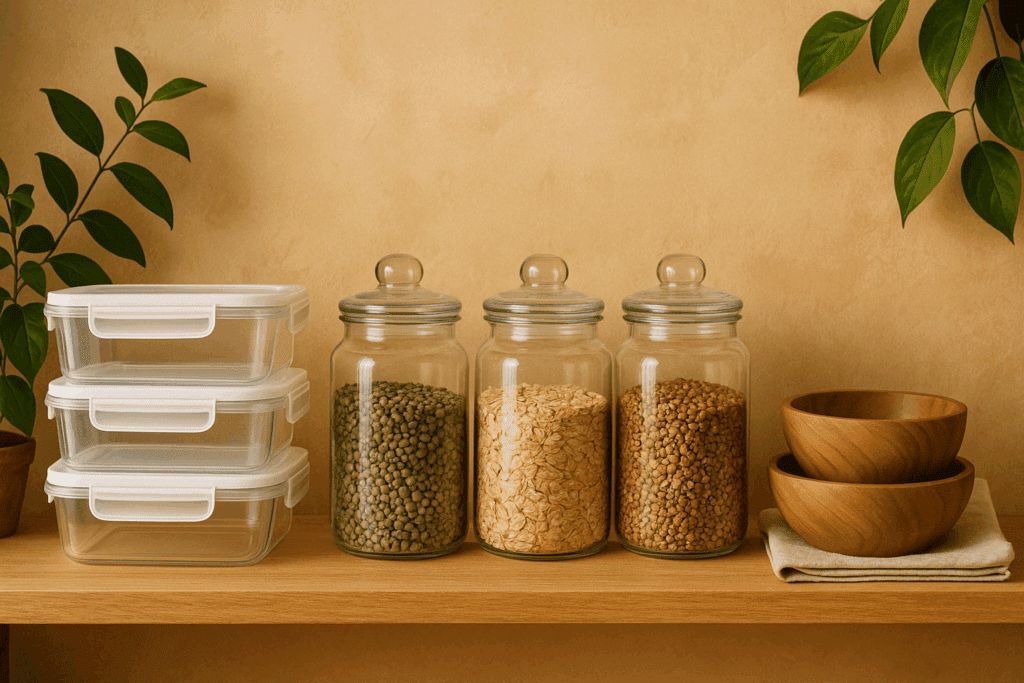
What future innovations are expected in non plastic microwave containers?
Emerging trends in non plastic microwave containers point toward greater integration of smart technology and sustainable materials. For example, some companies are developing containers with embedded temperature sensors that alert users via smartphone when the food reaches optimal heating. Others are experimenting with biodegradable composites made from rice husks, wheat straw, or bamboo fiber that offer heat resistance and minimal environmental impact. Advances in silicone lid design are also enhancing flexibility, allowing containers to accommodate expansion without warping or leaking. These developments show that the future of non plastic microwave containers will likely be defined by a fusion of functionality, environmental responsibility, and digital convenience.
Whether you’re exploring the nuances of the ketogenic diet vs low carb eating, or simply aiming to live with greater intention, your storage choices matter. From preserving the quality of fresh ingredients to enhancing your daily routine, they play a vital role in your broader journey toward health. In a world where every choice counts, selecting the right container is a small but powerful act of self-care.
With the right tools, mindful eating becomes second nature. And with BPA free meal prep containers as your kitchen ally, you can confidently embrace a lifestyle that’s healthier, safer, and more aligned with the values that nourish you—inside and out.
Was this article helpful? Don’t let it stop with you. Share it right now with someone who needs to see it—whether it’s a friend, a colleague, or your whole network. And if staying ahead on this topic matters to you, subscribe to this publication for the most up-to-date information. You’ll get the latest insights delivered straight to you—no searching, no missing out.
Further Reading:
Prep Naturals Glass Food Storage Containers

